“Surprised face; Heart eyes”
Grace Culley
11 Mar → 29 Apr 2023

Realised through her experience of Tourette’s Syndrome, Grace Culley presents a dopamine-centric view of the world, to explore the nuanced ways in which the ‘surprise reward’ chemical exists within the body, and how this manifests in broader social patterns.
Presented as a series of labour-intensive drawings, sculptural assemblages and sonic experiments, Surprised face; Heart eyes presents architectural, everyday and more-than-human motifs that speak to a diversity of behaviours occurring in instances of dopamine-driven experience. Culley’s process-driven practice employs repetition and pattern as a working methodology, creating large-scale and labour-intensive works that require complex manifestations of dopamine in her body throughout the making process.
The result of an intensive period of research, Surprised face; Heart eyes extends beyond Culley’s immediate experience of Tourette’s Syndrome, to create a space for thinking about the ways that those living with pronounced imbalances of dopamine are perceived and their behaviour moralised; and more laterally, how social systems reinforce ‘acceptable’ public behaviour. Speaking to our everyday connection to the ‘surprise-reward’ chemical, by locating the presence of dopamine in all kinds of behaviour, Culley looks to orient audiences towards an enhanced perception of dopamine in the self and in one’s community.
Surprised face; Heart eyes is presented as part of West Space's Commission Program. The exhibition is supported by Creative Victoria and accompanied by a publication by Sonntag Press.
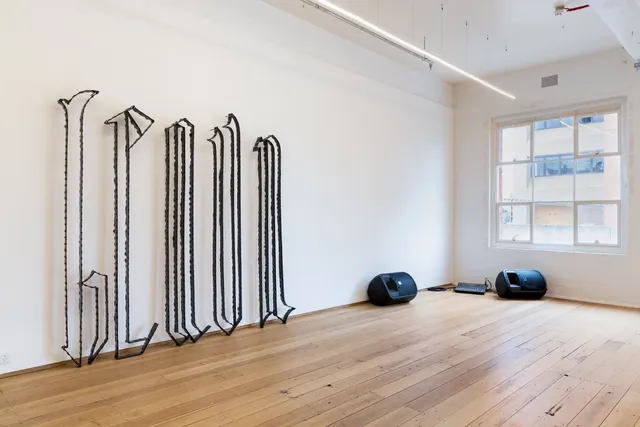


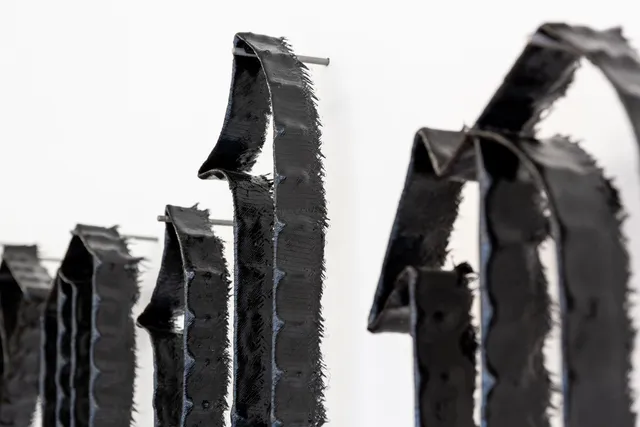

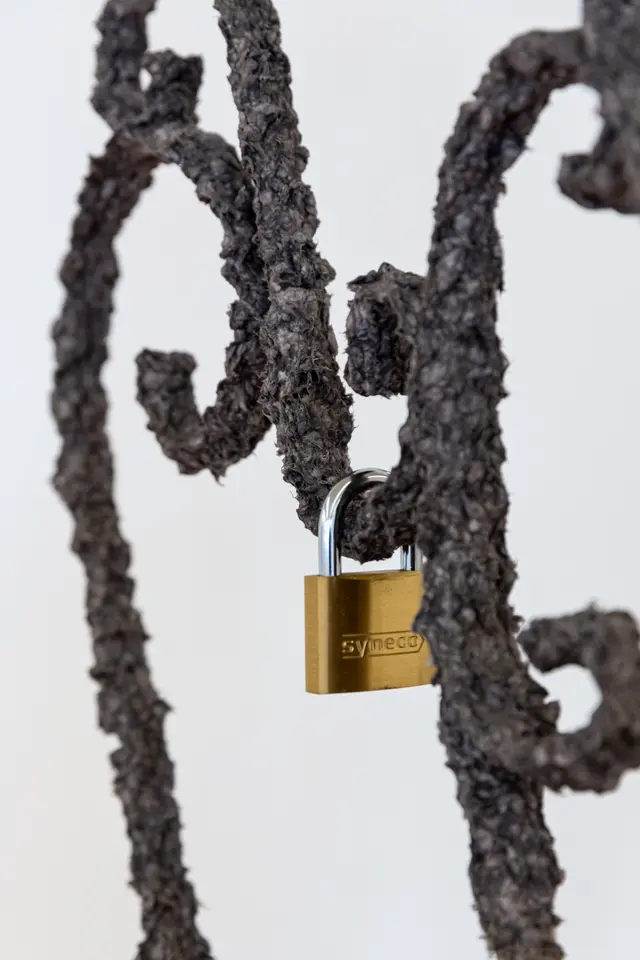
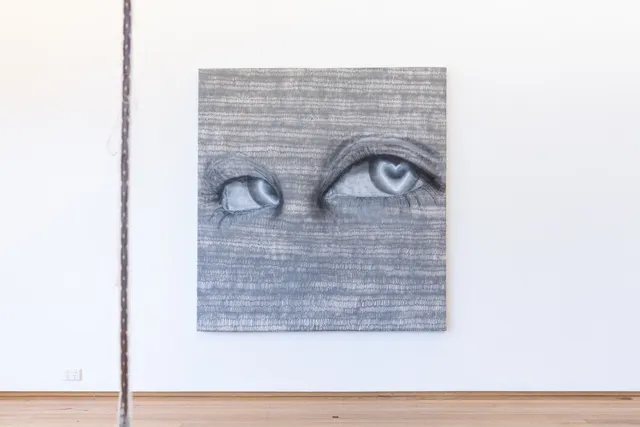
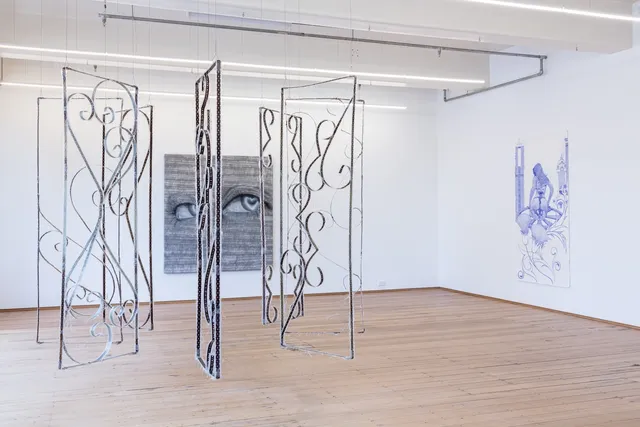
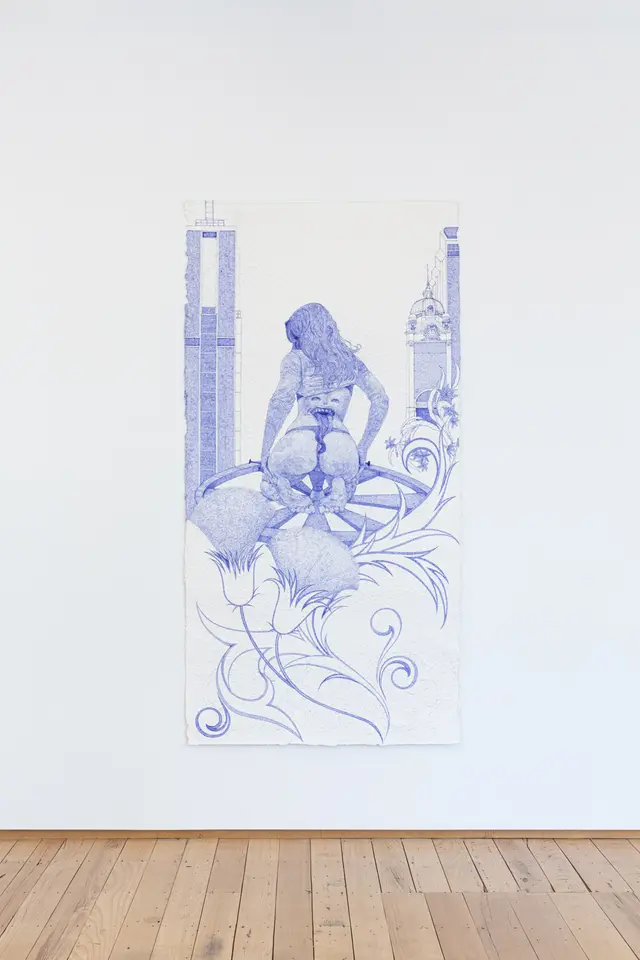
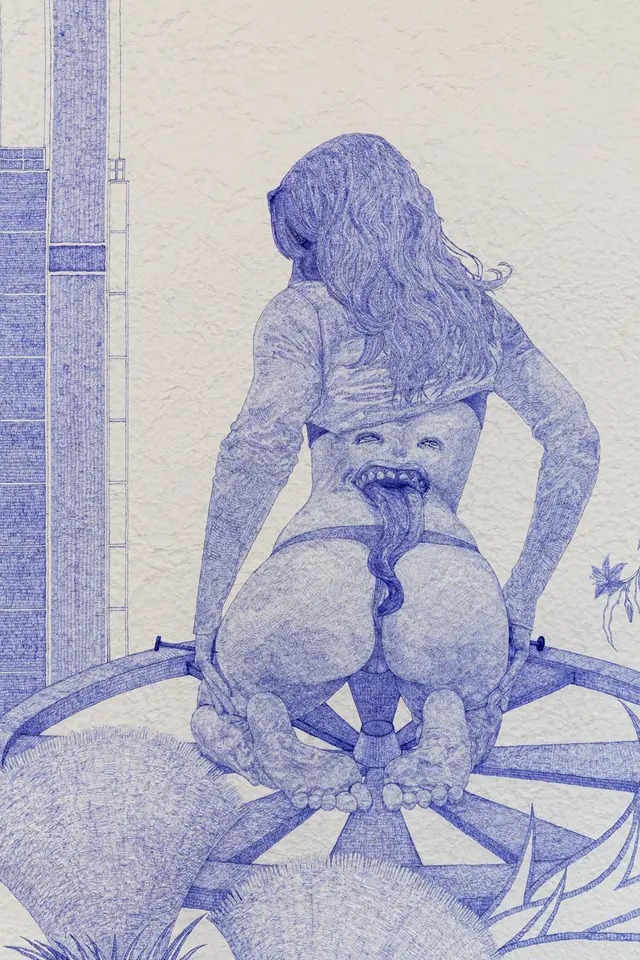
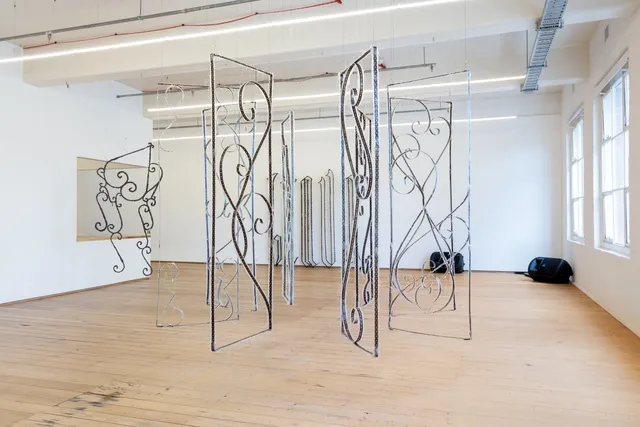
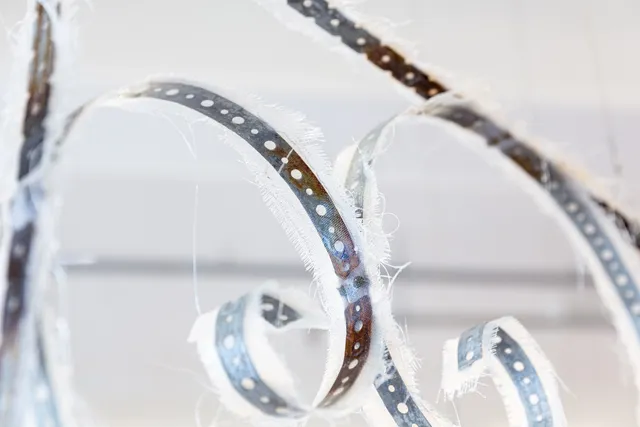


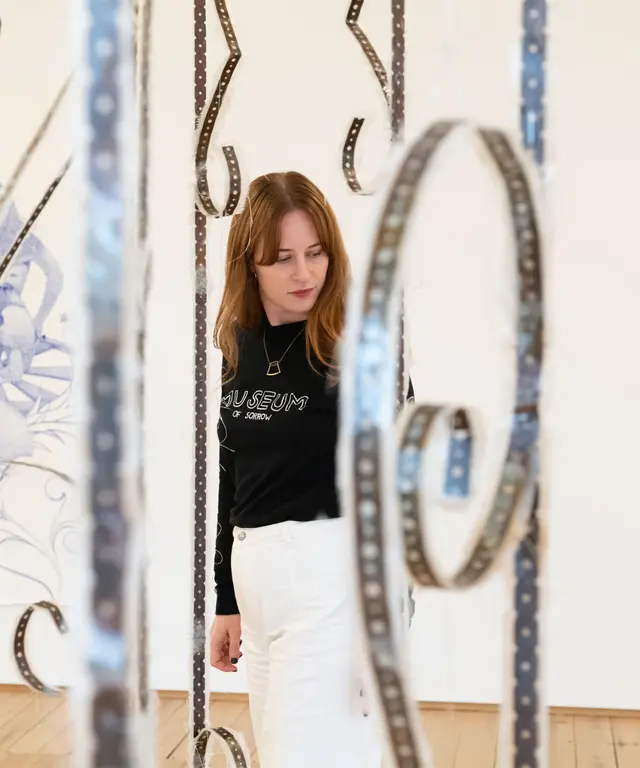

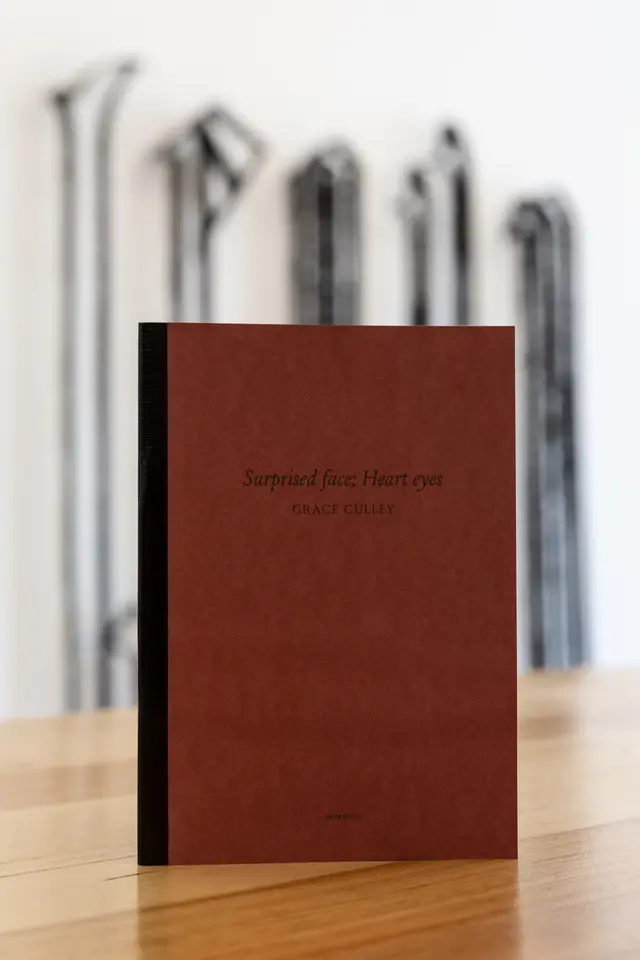

Grace Culley’s practice spans the mediums of biro pen drawing, assemblage and painting, examining the precarious thresholds between overt and covert behaviour using repeated actions and imagery constructed from patterns. The resulting labour-intensive and intricate artworks highlight ruptures in control, which stems from her experience of Gilles de la Tourette’s Syndrome.